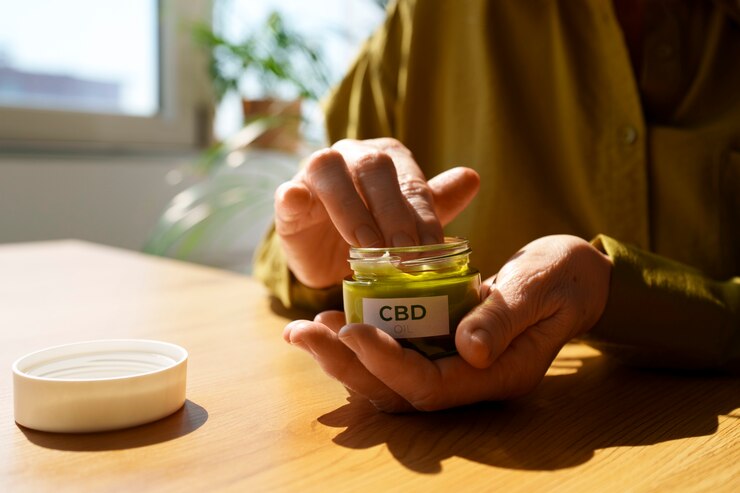For many, the world of cannabis revolves around two prominent names: THC and CBD. But lurking beneath the surface lies another interesting player –
CBDa, or cannabidiolic acid. Often overshadowed by its more well-known cousin, CBD, CBDa holds unique potential and is slowly gaining recognition in the realm of cannabinoid research.
Delving into the Basics: Unveiling CBDa
CBDa stands for cannabidiolic acid and is the precursor molecule to the widely recognized cannabidiol (CBD). It’s most abundant in the raw, unprocessed hemp plant, specifically in the glandular trichomes found on the female flowers. Unlike CBD, which is often extracted through various processing methods, CBDa exists naturally in its acidic form.
Think of CBDa as the inactive form of CBD. Through a process called decarboxylation, which involves the application of heat or light, the carboxylic acid group attached to CBDa is removed, transforming it into the familiar CBD. This decarboxylation process typically occurs during the drying, curing, or heating of cannabis products, such as smoking or baking.
The Unique Chemistry of CBDa
While structurally similar to CBD, the presence of the carboxylic acid group in CBDa alters its chemical properties and potentially its therapeutic effects. This slight difference in structure might lead to CBDa interacting differently with the body’s endocannabinoid system (ECS), a network of receptors responsible for regulating various physiological functions.
The ECS plays a crucial role in maintaining homeostasis, influencing processes like pain, inflammation, mood, and sleep. While research on CBDa’s interaction with the ECS is still in its early stages, some studies suggest it might have a higher binding affinity to certain receptors compared to CBD. This could potentially translate to enhanced therapeutic benefits for specific conditions.
Exploring the Potential Benefits of CBDa
Early research suggests that CBDa might offer a range of potential benefits, including:
- Anti-inflammatory properties: Studies indicate that CBDa might be more effective than CBD in reducing inflammation. Research published in the journal “Life Sciences” found that CBDa exhibited stronger anti-inflammatory properties compared to CBD in certain cell models.
- Anti-nausea effects: A study published in “British Journal of Pharmacology” demonstrated that CBDa was more effective than CBD in reducing nausea and vomiting in animal models.
- Neuroprotective potential: Emerging research suggests that CBDa might possess neuroprotective properties. A study published in “Frontiers in Pharmacology” indicated that CBDa could potentially offer protection against neurodegenerative diseases like Alzheimer’s disease.
It’s important to note that most of the existing research on CBDa’s therapeutic effects is based on preclinical studies and animal models. While these findings are encouraging, further clinical trials on humans are necessary to confirm the potential benefits and safety of CBDa for specific conditions.
Navigating the CBDa Landscape: What to Consider
As interest in CBDa grows, it’s crucial to approach its use with caution and consider the following:
- Limited availability: Due to its natural presence in raw cannabis, CBDa is not as readily available as CBD. Finding high-quality CBDa products can be challenging, and it’s essential to source them from reputable vendors.
- Research is ongoing: While initial research is promising, CBDa’s potential benefits and safety profile require extensive clinical investigation before definitive conclusions can be drawn.
- Consult a healthcare professional: Before trying any new cannabinoid product, including CBDa, it’s vital to consult a healthcare professional, especially if you have any underlying health conditions or are taking medications.
The Future of CBDa: A Spark of Potential
While CBDa research is still in its nascent stages, the initial findings paint a picture of a potentially potent cannabinoid with diverse therapeutic possibilities. As research progresses, we can expect a clearer understanding of its potential benefits and a wider availability of CBDa products. However, it’s crucial to remember that responsible use and consult a healthcare professional are paramount when exploring this emerging cannabinoid.
Remember, this blog post is for informational purposes only and should not be construed as medical advice. Always consult with a qualified healthcare professional before starting any new supplement or treatment plan.

